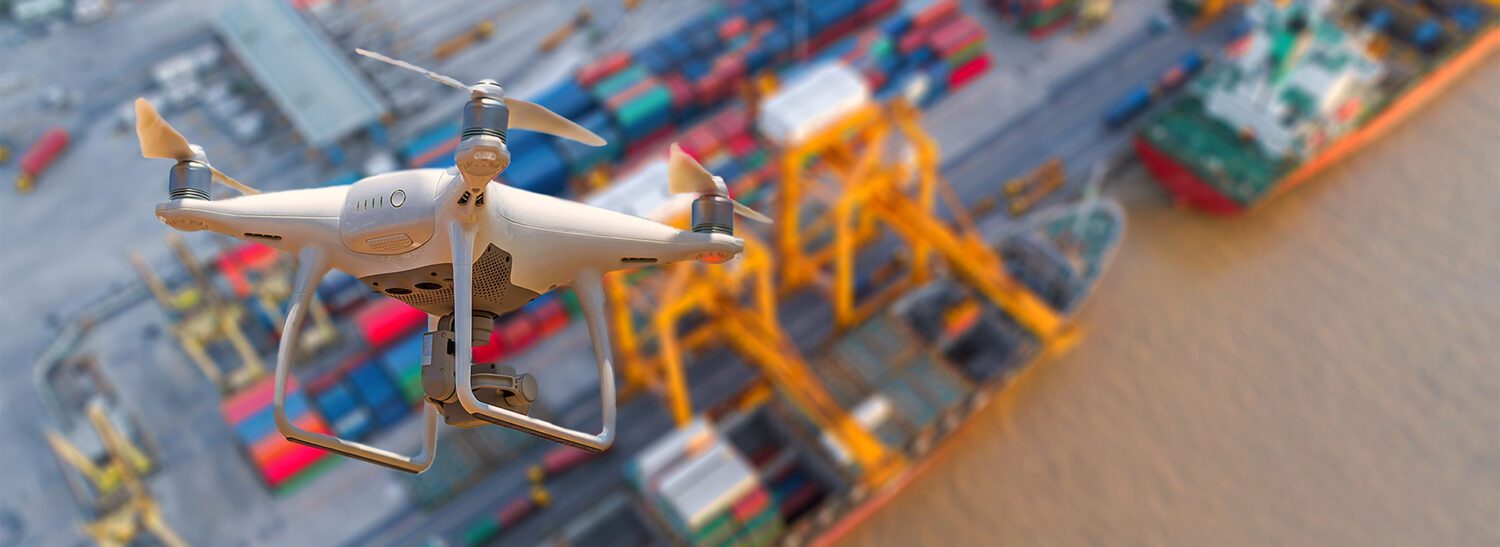At least five maritime drone incidents have occurred in 2021-2022 in locations spanning from the UK’s River Thames to The Indian Ocean. The drones were operated by Ukraine, Hezbollah terror organisation, and Iran, and all incidents, whether malicious or reckless, involved human casualties or damage to property. As many UAV-related events remain under wraps for security and political reasons, these five incidents are a small fragment of the complete picture of the evolving global maritime drone threat.
Given the increase in worldwide rogue drone intrusions, maritime authorities responsible for protecting its perimeters have been aware of actual threats caused by reckless and malicious drone use. Deploying countermeasures to mitigate such occurrences has become a national defence priority.
Defending a nation’s maritime border and naval assets requires all interested parties to be clear on key factors necessary for securing its perimeters. Coast guard authorities, customs and border protection offices, seaport terminal operators, port authorities, vessel and ship operators, bordering foreign governments, and international organisations.
To put in place measures to avoid potential attacks and threats, it is imperative to emphasise the human factor’s awareness, provide relevant training to all personnel, and enforce regulations. Understanding the potential risks coming from bordering countries’ seaports, nurturing long-term partnerships with foreign law enforcement, and establishing routine maritime surveillance guidelines and regular performance evaluations is another crucial part of the process. Finally, deploying stringent rules and security protocols and coordinating regular joint exercises along coastlines and maritime ports can solidify countries’ anti-drone regulations and assure the safety of naval activity.
Maritime environment can easily be exploited by any outlaw due to distance from civilisation and decreased law enforcement availability. Terrorist groups and malicious organisations can launch loitering munition drone attacks by targeting mostly defenceless moving vessels and their workforce. Hence coastal guard forces must be aware of potential incoming threats at all times by detecting, deterring, and defeating potential enemies.
To help mitigate potential drone attacks, all maritime authorities and involved partners need to work together in sharing and disseminating marine traffic information and intelligence gathered from various data sources. In addition, they must establish and consolidate a single fully interoperable offshore aircraft and vessel tracking system to merge data layers and gain information superiority.
Seaports’ command and control systems gather relevant data sets from radars, sensors and cameras to track ships at sea using long-range identification and tracking systems to identify maritime traffic vessels. The relevant and precious data gathered will significantly help to rapidly detect and mitigate any incoming unidentified aircraft in a predetermined perimeter or trespassing threatening drone.








